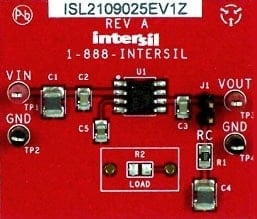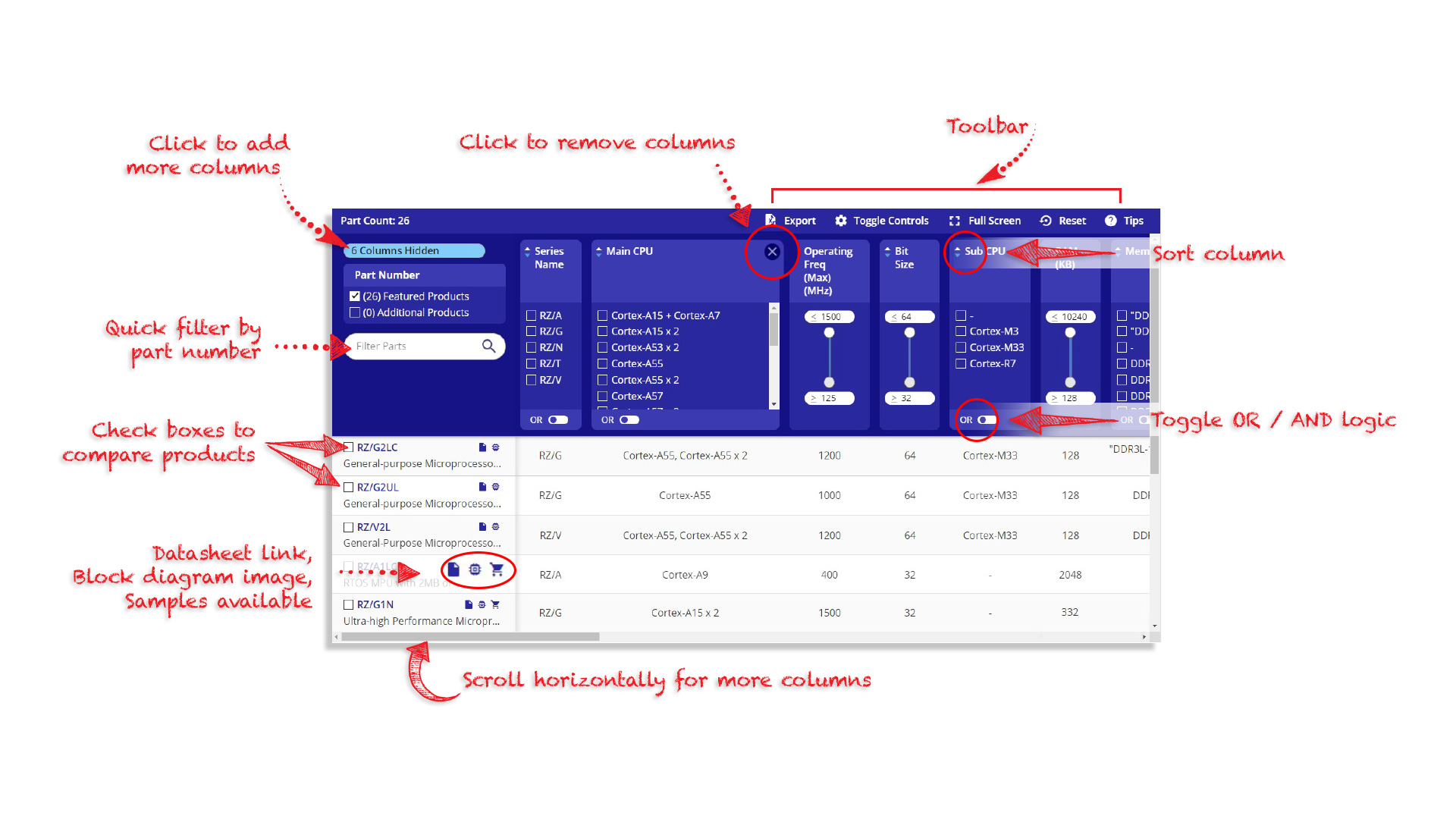Ultra-Low Noise, Precision Voltage Reference Evaluation Boards
概览
简介
The ISL21090xxEV1Z evaluation board is designed to measure the performance of the high-precision ISL21090 voltage references. The reference has a wide input voltage range from 3.7V to 36V and an initial accuracy of 0.02% (2.5V option). The voltage noise of less than 2µVP-P in the 0.1Hz to 10Hz range and maximum output voltage temperature coefficient of 7ppm/°C make the ISL21090 ideal for high-end applications.
特性
- Reference output voltage options
- 1.25V, 2.5V, 5.0V, and 7.5V
- Output voltage noise (0.1Hz to 10Hz): 1.0µVP-P typ. (1.25V option)
- Supply current: 750µA (1.25V option)
- Temperature coefficient: 7ppm/°C max
- Output current capability: 20mA
- Line regulation: 6ppm/V (1.25V option)
- Load regulation: 2.5ppm/mA (1.25V option)
- Operating temperature range: -40 °C to +125 °C
应用
应用
- High-end instrumentation
- Precision voltage sources for data acquisition systems, industrial control, communication infrastructure
- Process control and instrumentation
- Active source for sensors
设计和开发
软件与工具
视频和培训
The ISL21090 is a ultra low noise, high DC accuracy precision voltage reference with wide input voltage range. The ISL21090 uses the new Intersil Advanced Bipolar technology to achieve sub 1.0µVP-P (1.25V option) 0.1Hz - 10Hz noise with an initial voltage accuracy of 0.02% (2.5V option).
Transcript
Hello, my name is Daniel Goodhew and I'm an Applications Engineer at Renesas. Today I'd like to present the ISL21090 Voltage Reference. It's a winner of the Ingenious Network 2011 Product of the Year Award and it uses Renesas' advanced bipolar technology to achieve ultra low, 1.9µV peak-to-peak noise from 0.1Hz to 10Hz.
It also features extremely accurate 0.02% precision upon startup and it has a seven PPM per degree C temperature coefficient. This part is ideal for high-end instrumentation and data acquisition where precision and low noise are key. The voltage reference is also very easy to use. How easy is it? Let me show you.
This here is the ISL21090EVALZ Board which features the device under test in the center of the board and has a 10µF bypass capacitor, a 1nF compensation capacitor, and a 0.1µF capacitor on the load. The board also has an RC filter that can be added by using a jumper and that will allow the user to reduce the noise on the output.
The board is powered by the power supply sitting at 5V. The power supply can be anywhere from 4.7V to 36V and the output is measured by a high-precision multimeter, and you can see the accuracy is down to the fifth digit. Once the board is powered, the user can perform any tests desired.
One such test would be for testing the device as the temperature changes. Here, I have a typical voltage reference that will be used as an example. As the temperatures increase, we can power up the meter and read the voltage output from this device, and then we have our device under tests in parallel. Using a heat gun, I will increase the temperature...You will notice that the temperature on the regular device changes drastically whereas the temperature on our device stays relatively constant.

